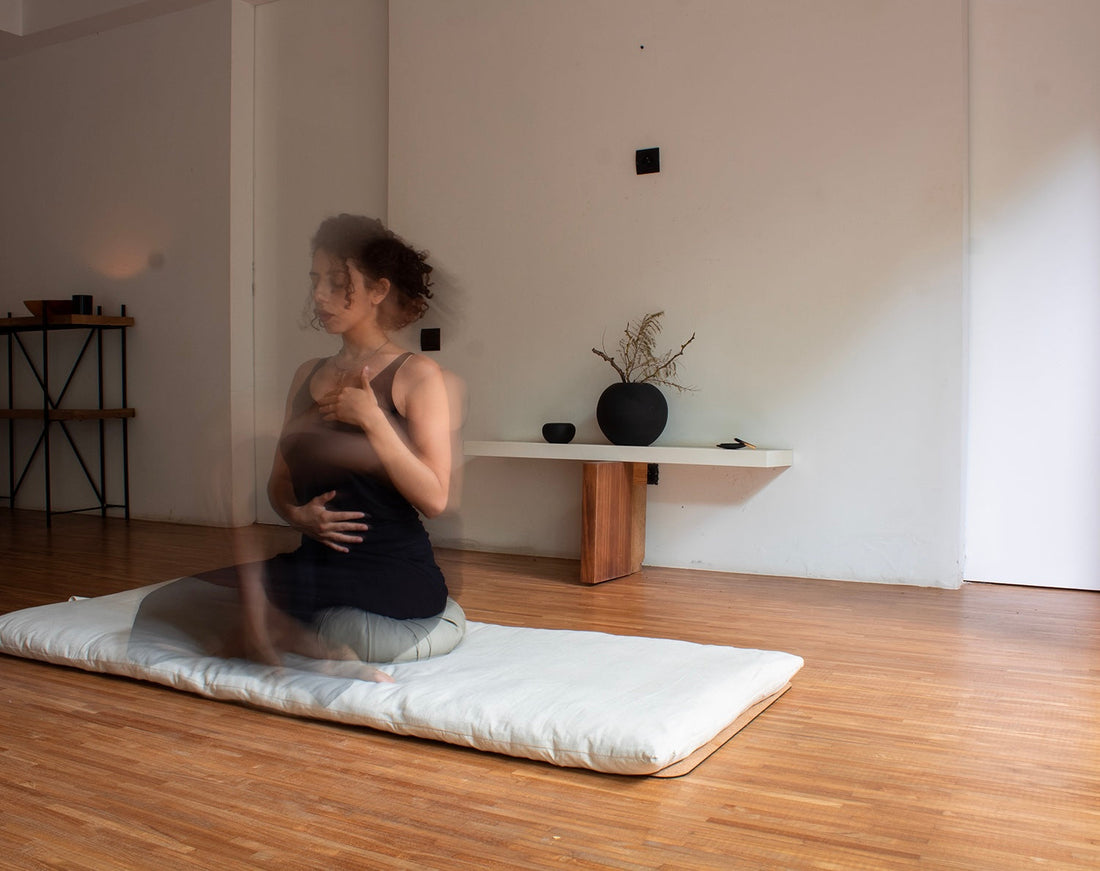How to Establish a Mindfulness Routine: Cultivating Inner Peace and Clarity Every Day
In a fast-paced world, it's easy to feel overwhelmed and disconnected from yourself. It's essential to take time for mindfulness and introspection to take a break. A mindfulness routine can help you cultivate a sense of inner peace, clarity, and overall well-being. In this article, we'll explore the steps to establishing a mindfulness routine that suits your needs and preferences.
Step 1: Understand the basics of mindfulness
Mindfulness is about being fully present in the moment, without judgment or attachment to external thoughts, emotions, or circumstances. It involves intentionally and nonjudgmentally directing your attention to the present experience. To begin, it's crucial to familiarize yourself with mindfulness by reading books, attending workshops, or even taking online courses. This knowledge will provide you with a solid foundation to begin your practice.
Step 2: Determine your goals and intentions
Consider why you want to incorporate mindfulness into your life. Are you looking to reduce stress, improve your emotional well-being, or foster personal growth? Understanding your goals and intentions will help you design a routine that is meaningful and effective for you. Write down your intentions and remind yourself of them regularly to stay motivated and focused.
Step 3: Choose the right time and duration
Find a time slot that works best for you to establish a regular mindfulness practice. This could be in the morning, during your lunch break, or before bed. Experiment with different lengths, starting with shorter sessions and gradually increasing the duration as you progress. Remember that continuity is more important than the length of each practice. Even a few minutes of mindfulness each day can make a difference.
Step 4: Create a dedicated space
Designate a space in your home or workplace where you can practice mindfulness without distractions. This space should be comfortable, quiet, and clutter-free. Consider adding elements that promote a sense of calm, such as candles, meditation cushions, or plants. Having a dedicated space will help signal to your brain that it's time to practice mindfulness and create a peaceful environment for your practice.
Step 5: Choose mindfulness techniques
There are many mindfulness techniques you can choose from. Here are some popular techniques:
a) Focused Breathing: Focus on your breathing, observing each inhalation and exhalation without trying to control or change them. This technique helps anchor your attention in the present moment.
b) Body scan: Pay attention to each part of your body, starting with your toes and working your way up to the top of your head. Observe any sensations, tensions, or emotions without judgment.
c) Loving-kindness meditation: Cultivate feelings of love, compassion, and kindness toward yourself and others. Repeat phrases or mantras that reflect these qualities, such as "May I be happy. May I be healthy. May I live with ease."
d) Mindful Walking: Engage in a slow, deliberate walk, paying attention to each step, the sensations in your feet, and the environment around you. This technique combines movement and mindfulness.
Step 6: Integrate mindfulness into your daily activities
Mindfulness doesn't have to be limited to formal meditation sessions. Find ways to integrate mindfulness into your daily activities. Practice mindfulness while eating, savoring each bite, or engage in mindful listening by giving your full attention to conversations. Being present in these moments will strengthen your overall mindfulness practice.
Step 7: Stay accountable and adjust as needed
Maintaining a mindfulness routine requires discipline and commitment. It can be helpful to find an accountability partner to support your practice.









